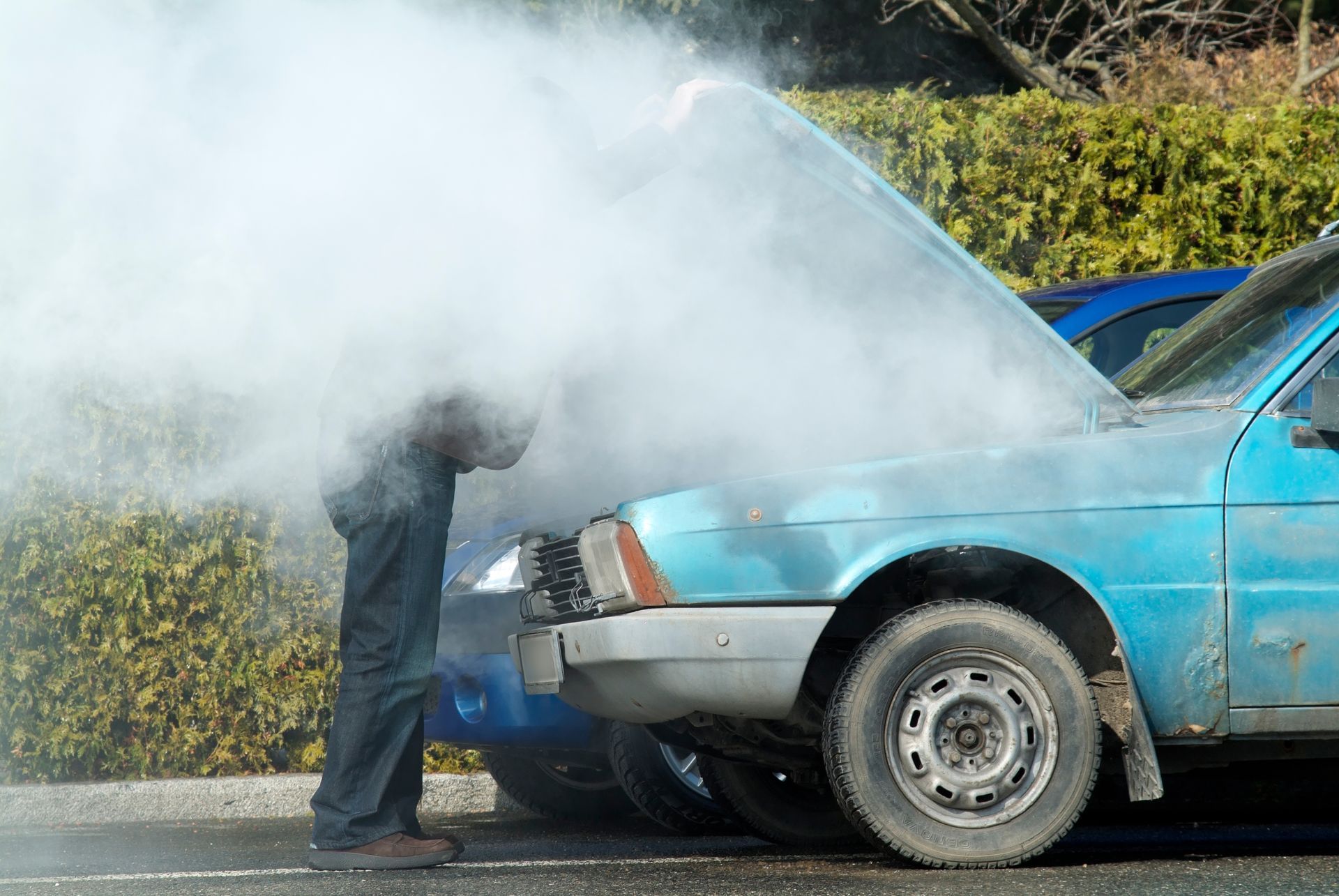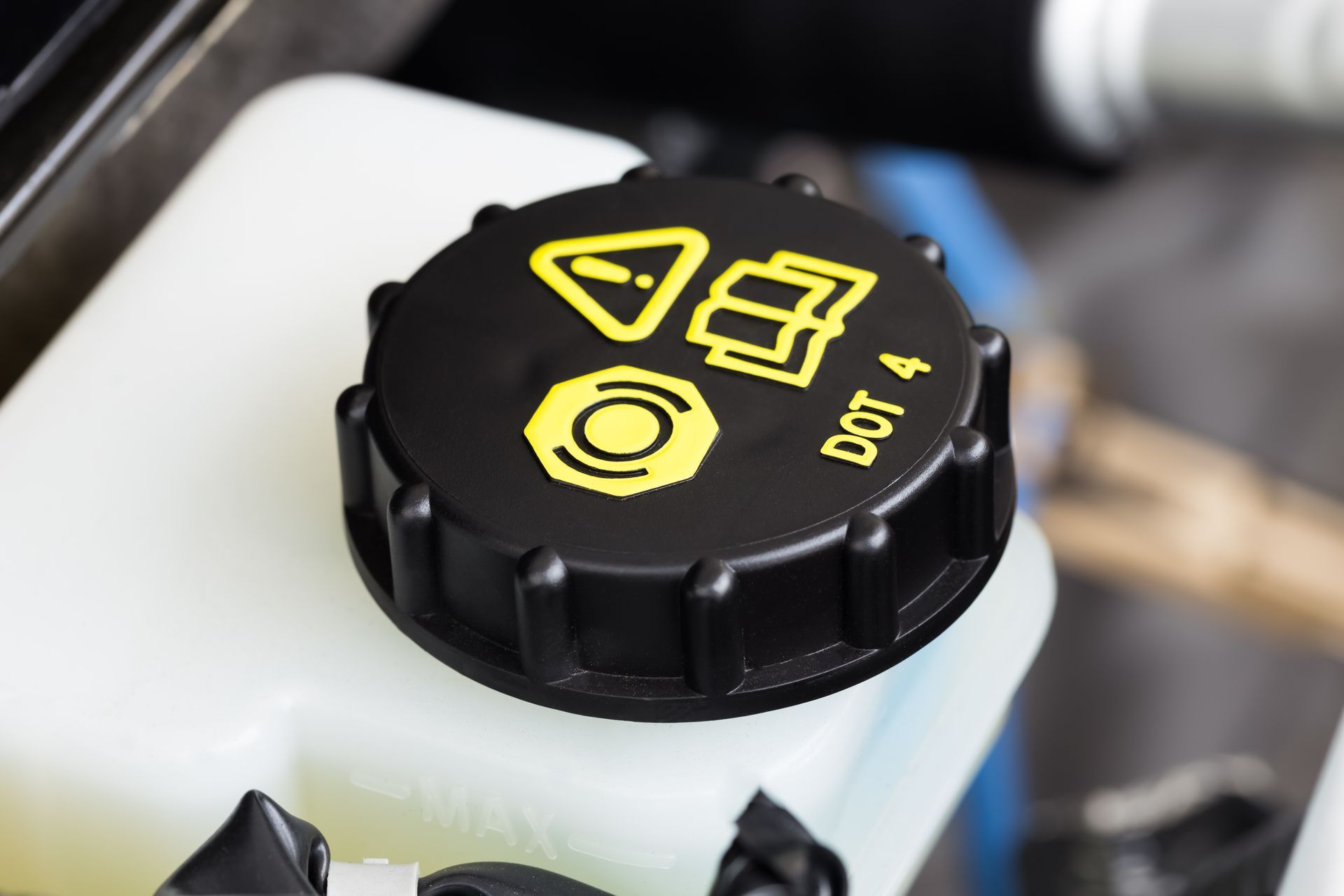When something electrical in your car suddenly stops working, like the radio, power windows, or interior lights, the problem might be as simple as a blown fuse. Fuses are small, inexpensive components that protect your vehicle’s electrical systems from overloading. When too much current flows through a circuit, the fuse breaks the connection to prevent damage.
Fortunately, replacing a blown fuse is usually an easy task, and it’s something most drivers can do themselves with a few simple tools and the right information.
How to Tell If a Fuse Has Blown
The first sign of a blown fuse is something not working. It might be your stereo, headlights, windshield wipers, or even a safety feature like your ABS system. If the failure is isolated to just one feature and everything else is functioning properly, checking the fuse should be your first step.
To confirm whether a fuse has blown, you’ll need to:
- Locate the fuse box (or boxes) in your vehicle.
- Identify the correct fuse for the malfunctioning component.
- Remove the fuse and inspect it. If the metal strip inside the fuse is broken or burned, it’s blown and needs to be replaced.
Where to Find Your Fuse Box
Most vehicles have at least one fuse box located under the dashboard near the driver’s side. Another common location is under the hood, near the battery. Your owner’s manual will show you the exact location(s) and the layout of the fuse panel.
Inside the fuse panel, there’s usually a diagram or chart that labels each fuse and what it controls. This helps you match the malfunctioning component to the right fuse.
Steps to Replace a Blown Fuse
- Turn Off the Engine: Always turn off the car and remove the key before working with electrical components.
- Find the Right Fuse: Use the fuse box diagram to locate the correct fuse for the non-functioning system.
- Remove the Fuse: Use a fuse puller (often provided inside the fuse box) or a pair of needle-nose pliers to gently remove the fuse.
- Inspect It: Hold it up to the light. A blown fuse will have a visibly broken or melted internal wire.
- Insert a New Fuse: Replace it with a fuse of the exact same amperage rating (marked on the fuse and in the diagram). Using the wrong rating could result in further damage or a fire risk.
- Test the System: Turn the vehicle back on and see if the system now works.
When a Blown Fuse Is a Sign of Something Bigger
Replacing a fuse is a quick fix, but if the new fuse blows again soon after, there’s likely an underlying issue. Repeated fuse failures point to a short circuit, frayed wires, or a malfunctioning component that’s drawing more power than it should.
In these cases, it’s best to have the system diagnosed by a professional to avoid risking further electrical damage or even a potential fire hazard.
Types of Automotive Fuses
There are several types of fuses used in modern vehicles, including:
- Blade Fuses (ATO/ATC): Most common in modern cars. Easy to remove and replace.
- Mini and Micro Fuses: Compact versions of blade fuses used in newer vehicles with limited space.
- Glass Tube Fuses: Found in some older vehicles or classic cars.
Always check your owner’s manual or fuse box cover to make sure you’re using the correct type and amperage for your specific system.
Stay Safe While Working With Car Electronics
While fuse replacement is relatively low risk, it’s still part of your vehicle’s electrical system. Never insert a higher-rated fuse in an attempt to "fix" a recurring issue. That can allow too much current to flow, damaging wires and components.
If you’re unsure about which fuse to replace or if you suspect there’s a deeper issue, it’s safer to have your vehicle inspected by a certified technician.
Need Help With Electrical Issues? Visit BG Automotive in Colorado
If your vehicle is experiencing electrical problems and replacing a fuse didn’t solve the issue, or if you're unsure which fuse to check, we’re here to help. Our team can diagnose and repair complex electrical systems, ensuring your car’s safety features and comforts function properly.
Call BG Automotive in Colorado today to schedule an electrical system check or fuse replacement.
Visit us at one of our five locations:
- Fort Collins, CO 80524
- Fort Collins, CO 80524
- Loveland, CO 80537
- Loveland, CO 80538
- Longmont, CO 80501










